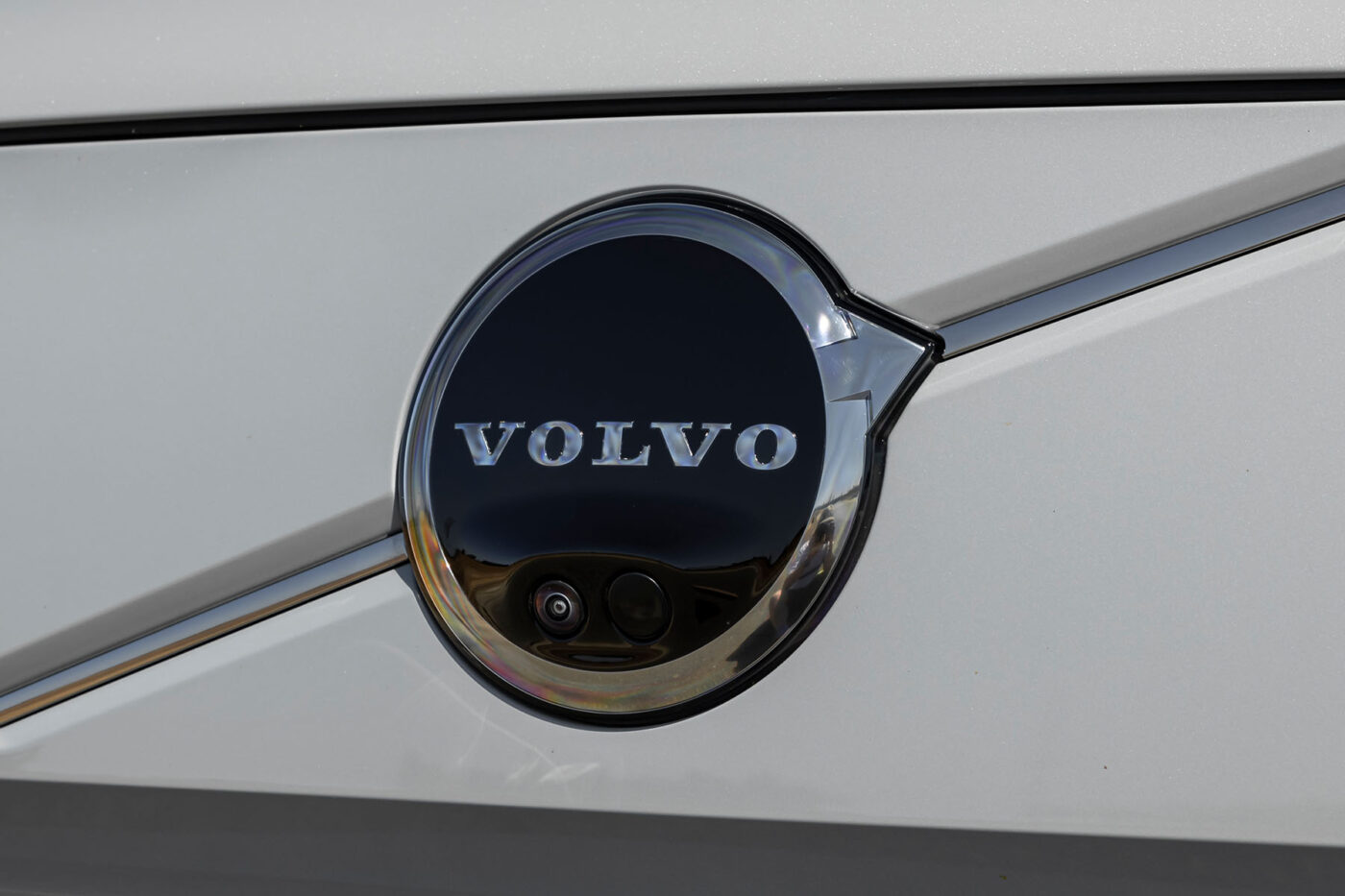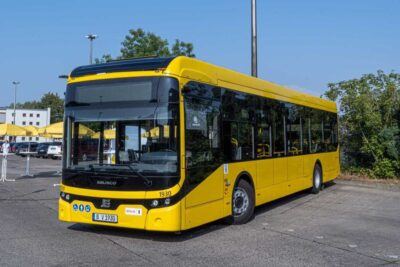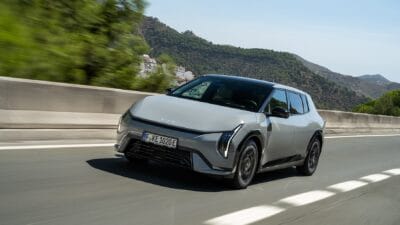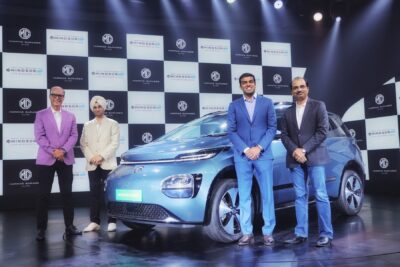Volvo scraps goal to go fully electric by 2030
The carmaker cites “changing market conditions and customer demands” as the reason behind the change in strategy. The goal is for “electrified cars” to make up 90 to 100 per cent of global sales by 2030, meaning battery-electric and plug-in hybrid vehicles. “The remaining 0-10 per cent will allow for a limited number of mild hybrid models to be sold, if needed,” Volvo adds.
A more precise breakdown between battery electric cars and plug-in hybrids is not mentioned. The proportion of fully electric vehicles from Volvo Cars in the second quarter of 2024 was 26 per cent, including plug-in hybrids it was even 48 per cent. The Geely subsidiary expects the proportion of electrified vehicles to be between 50 and 60 per cent by 2025 – not an unrealistic target given the 48 per cent in Q2 2024.
The Swedish company and Geely subsidiary calls for “stronger and more stable government policies to support the transition to electrification,” saying that the withdrawal of incentives for electric cars and the addition of tariffs on EVs in some markets have caused “additional uncertainties.” Moreover, Volvo says the rollout of EV charging infrastructure has been “slower than expected.”
“We are resolute in our belief that our future is electric,” said Jim Rowan, chief executive of Volvo Cars. “An electric car provides a superior driving experience and increases possibilities for using advanced technologies that improve the overall customer experience. However, it is clear that the transition to electrification will not be linear, and customers and markets are moving at different speeds of adoption. We are pragmatic and flexible, while retaining an industry-leading position on electrification and sustainability.”
Moving away from electrification targets to include PHEVs and HEVs has become almost normal in the car industry. Ford recently released a similar statement, saying it will keep selling combustion engine vehicles and hybrids. Another example is South Korean carmaker Hyundai and its sub-brand Genesis, both of which announced that they would invest in further hybrid models instead of going all-electric.
But back to Volvo: The carmaker emphasises that it “remains committed to its long-term ambition of full electrification” and that developing plug-in and mild hybrid cars will serve “as a clear bridge to an all-electric future.” Volvo first formulated its goal to become an all-electric car manufacturer by 2030 back in early 2021. And it just launched the electric SUV EX90, which it will start delivering to customers in the US and Europe in September.
Volvo also revealed a “new and improved” XC90 hybrid SUV. It offers 70 kilometres of all-electric range and has been fitted with a larger central touch screen, found in the EC90 and EX30 electric cars.
The development of purely electric cars is also continuing, and Volvo presented the ‘Volvo Cars Superset,’ i.e. a modular construction kit for systems, modules, software and hardware. This development logic is already being used in the EX90. Instead of developing individual models in isolation, the ‘Superset’ itself is to be continuously developed further – different components from the package are then used depending on the model. For example, the work on the EX90 will also benefit the upcoming ES90 saloon – the experience gained from the ES90 will then flow back into the EX60 mid-size SUV. Previously, the three models would have been developed in parallel but separately.
One concrete effect is that the EX90 utilises the SPA2 (Scalable Product Architecture 2) platform after the first SPA generation was introduced in 2014 with the XC90. The EX60, on the other hand, which is to be presented “soon,” will already be using SPA3. According to Volvo, SPA3 will offer increased core computing power and greater scalability. “This means that, if we wanted, we could continuously develop and build cars of all sizes – larger than the EX90 and smaller than the EX30 – using the same technology base. The modularity and upgradeability of SPA3 will allow for lower investment costs – with lower variance as well – in relation to sales, which in turn should lead to a stronger future cash flow,” the press release states. The main plant in Torslanda is already being prepared for SPA3 production.
volvocars.com (strategy), volvocars.com (XC90), volvocars.com (Superset)





0 Comments